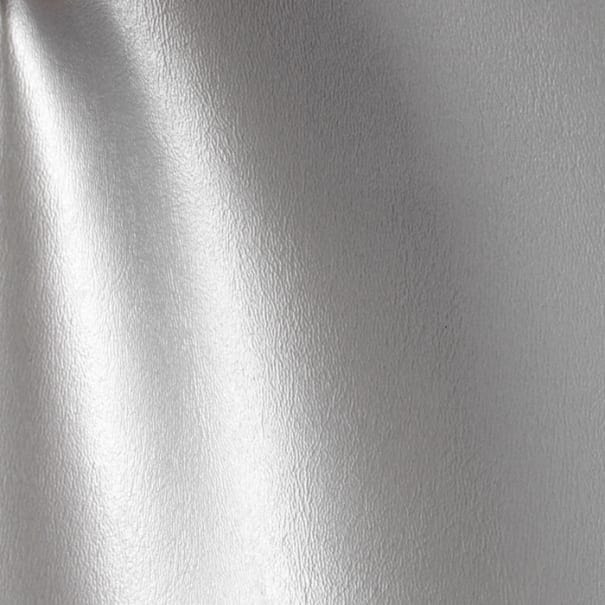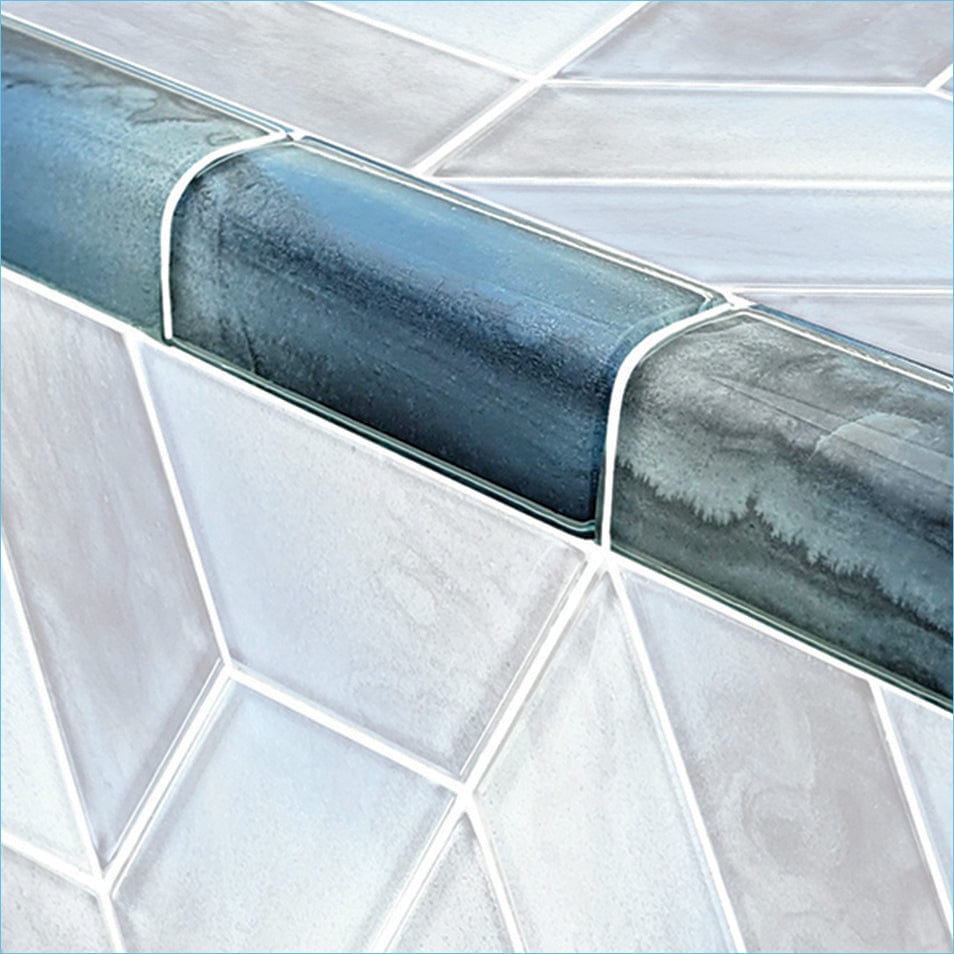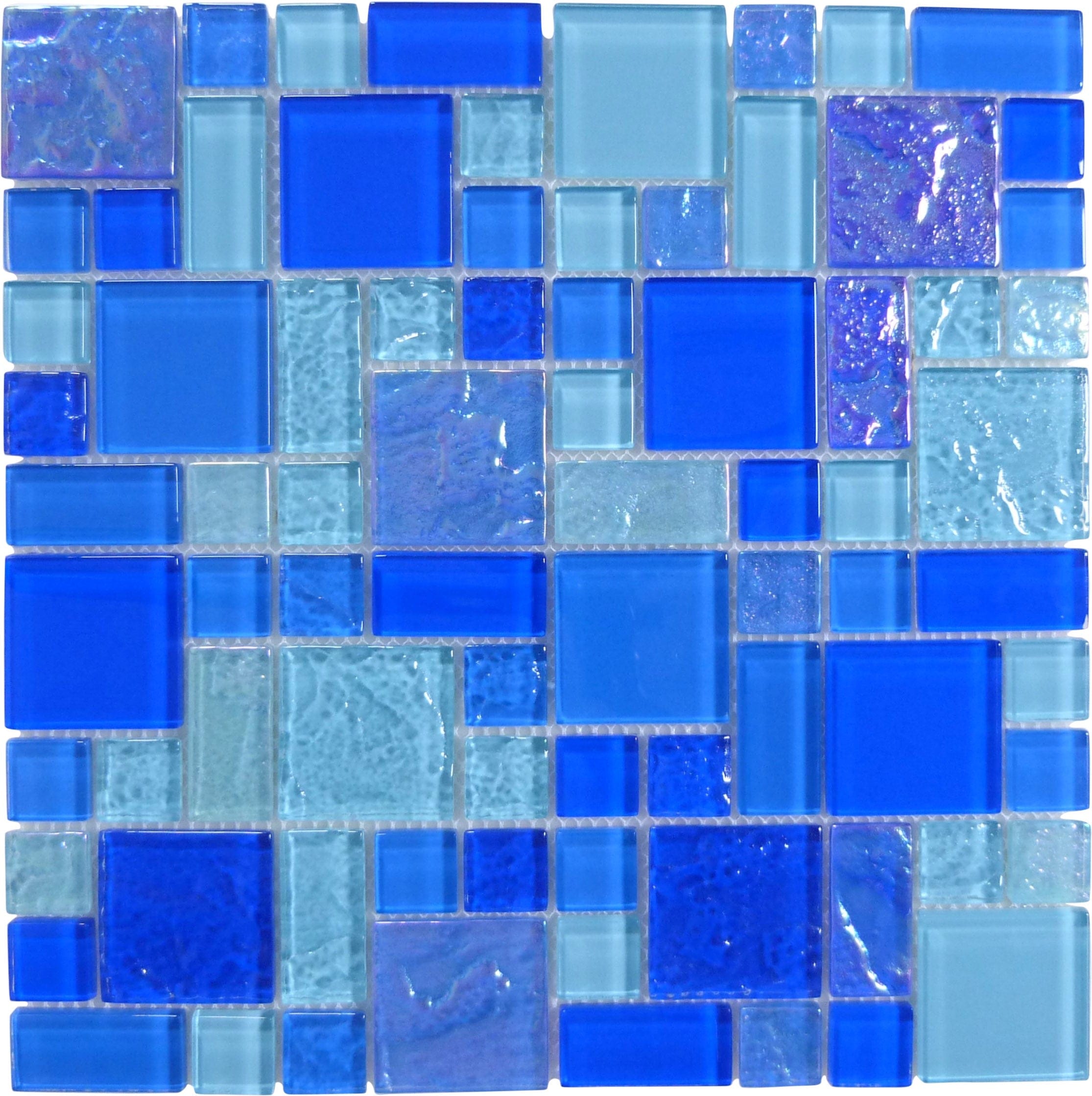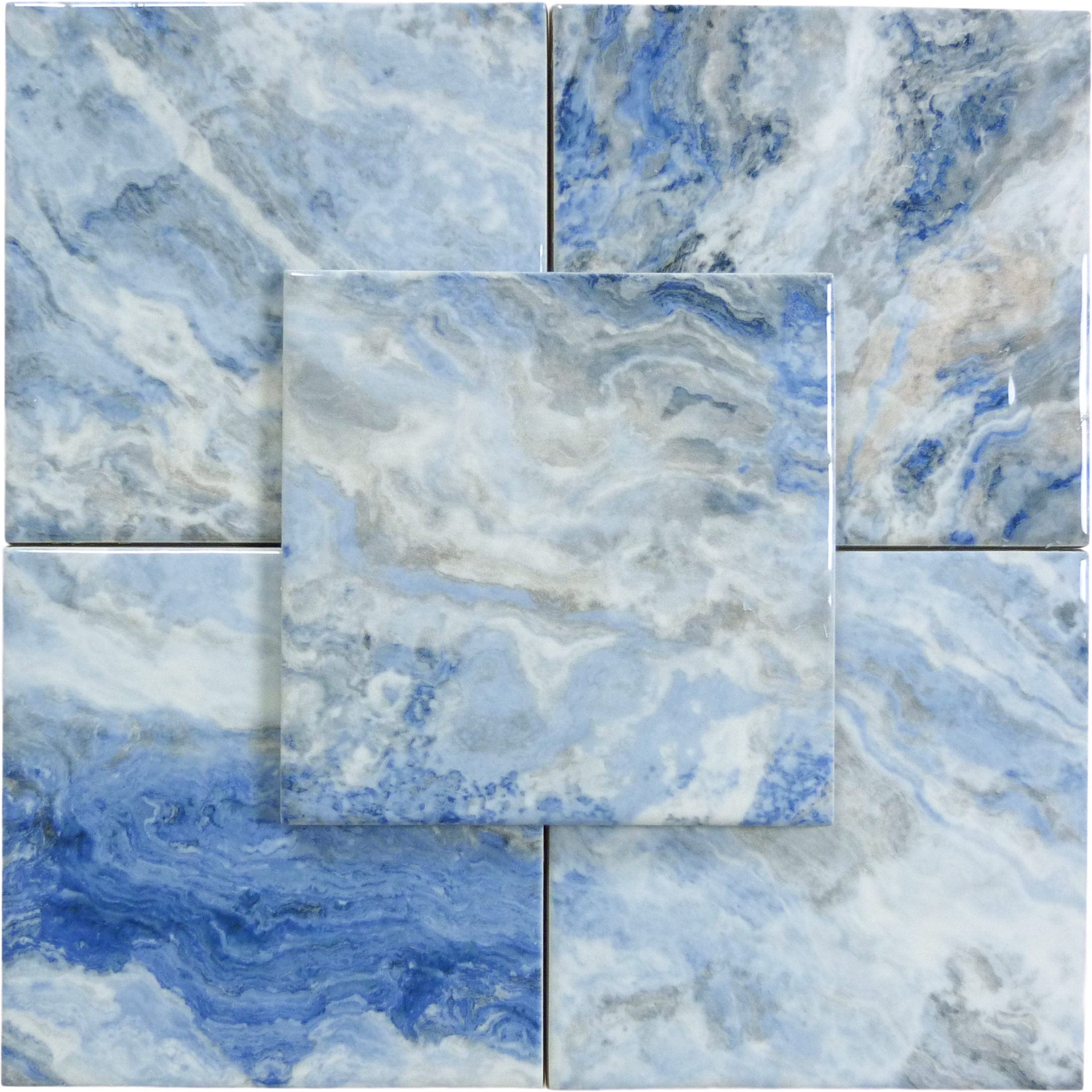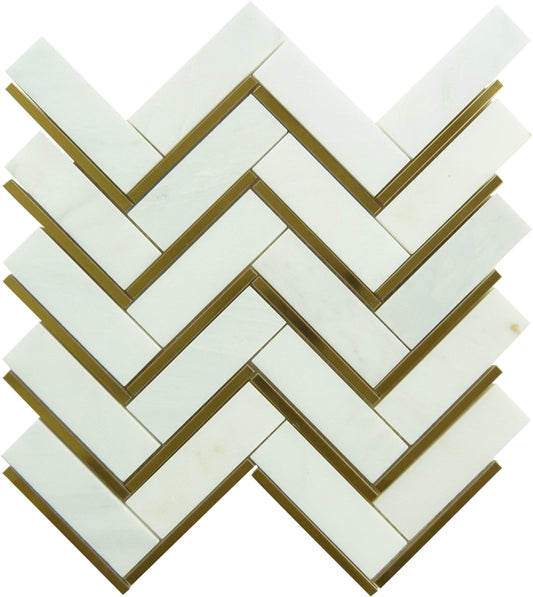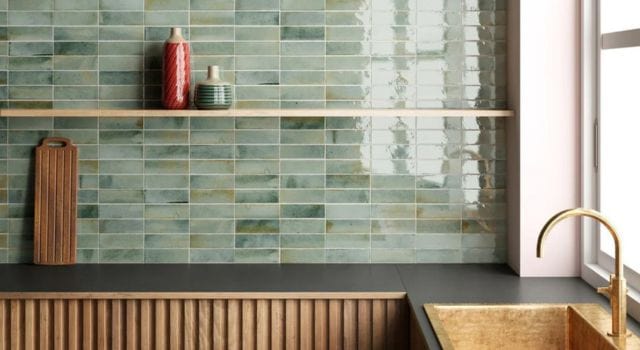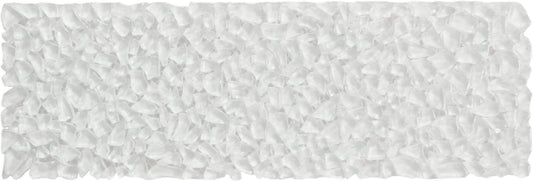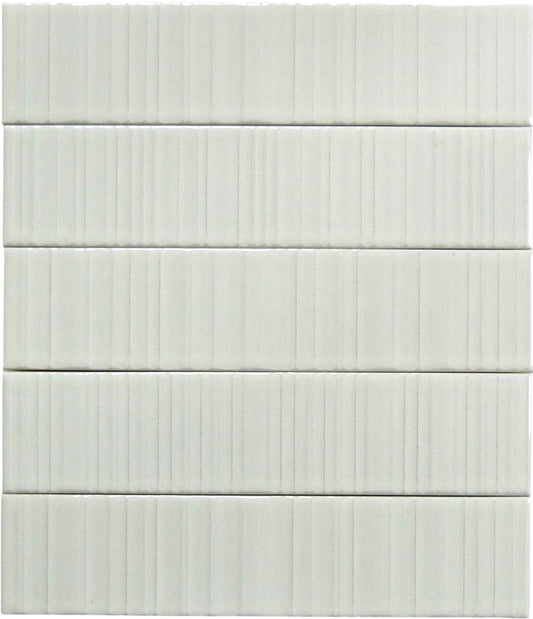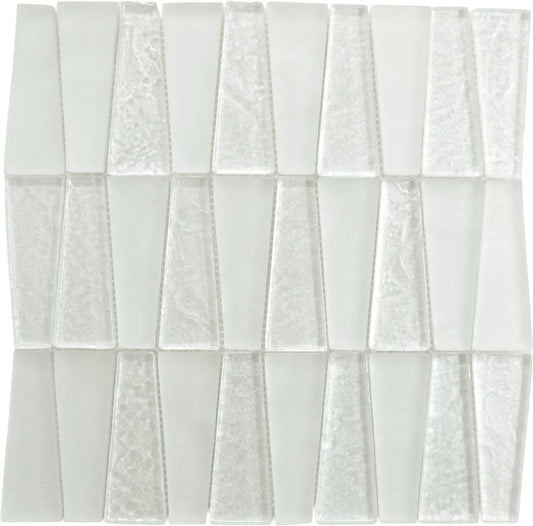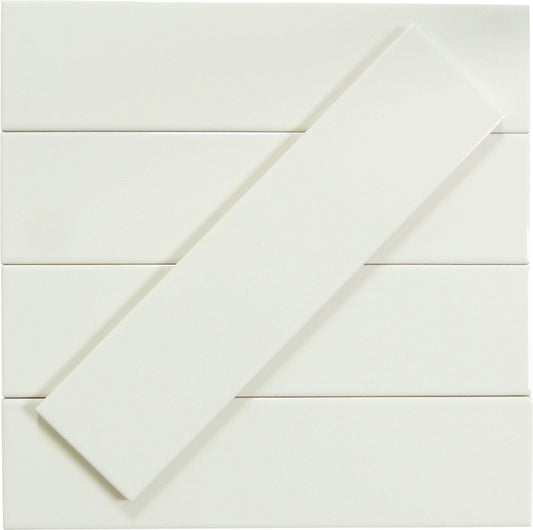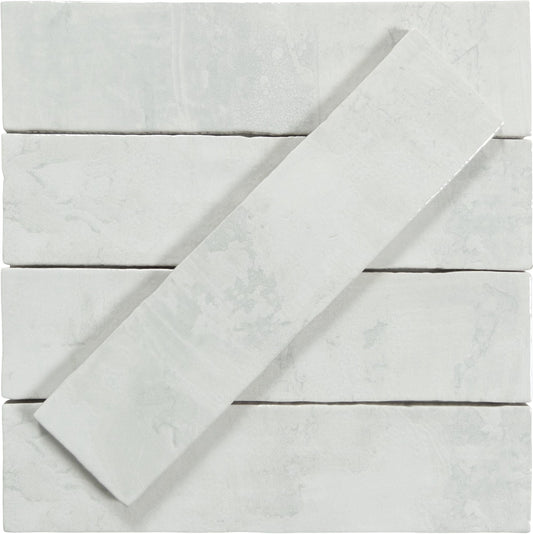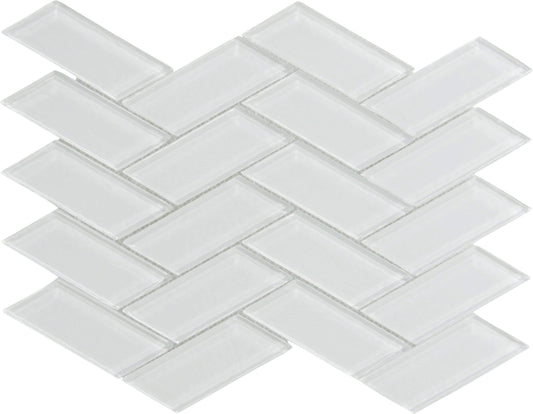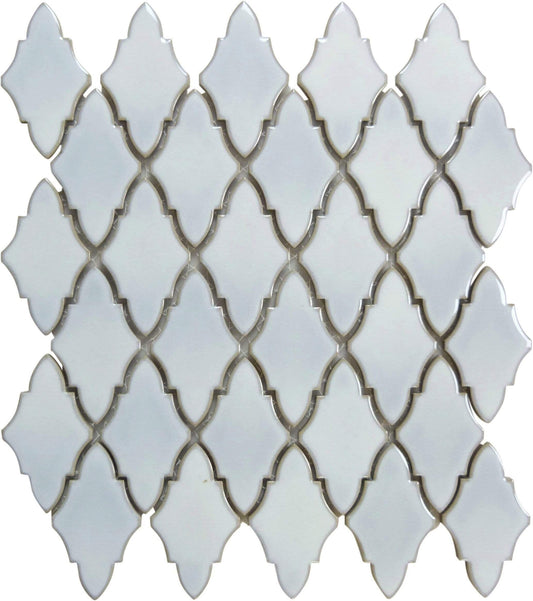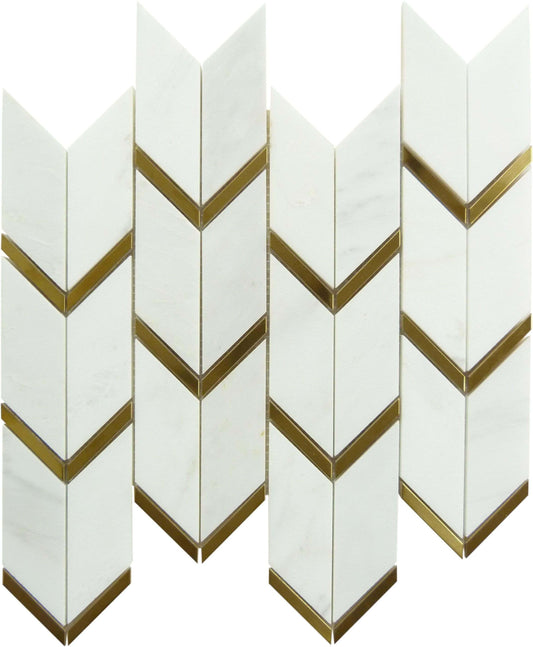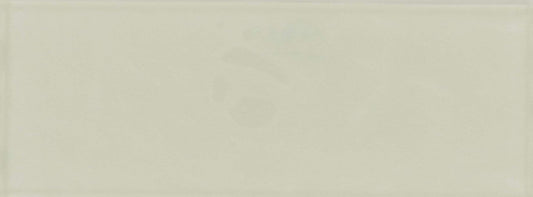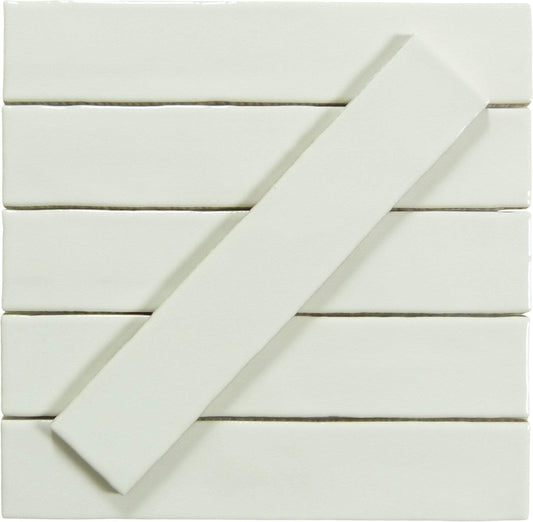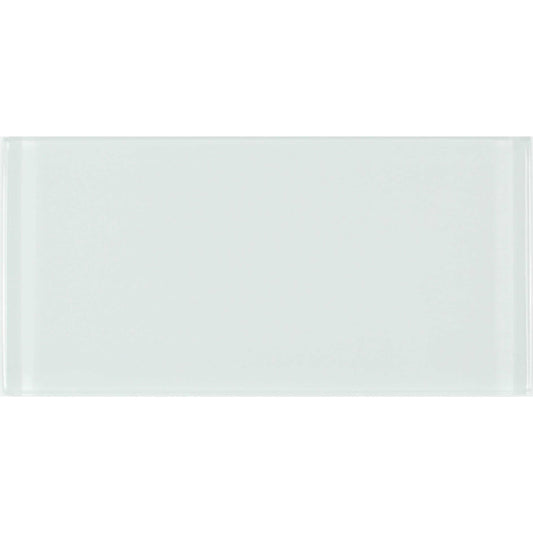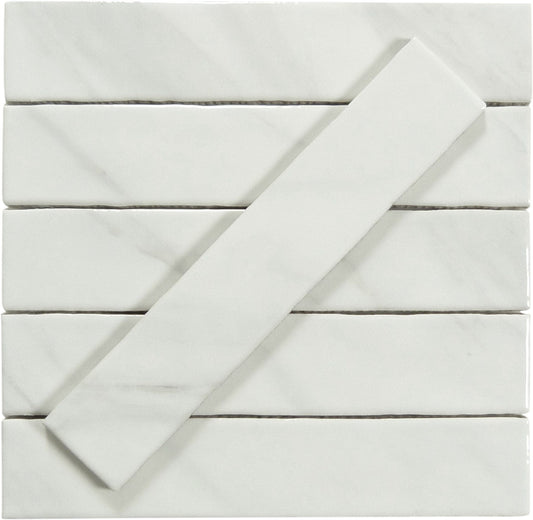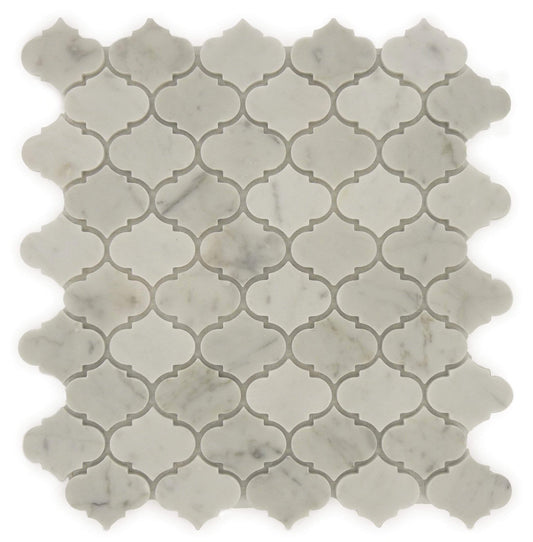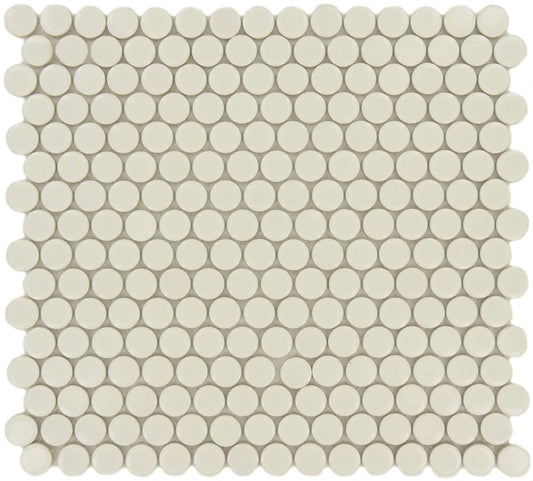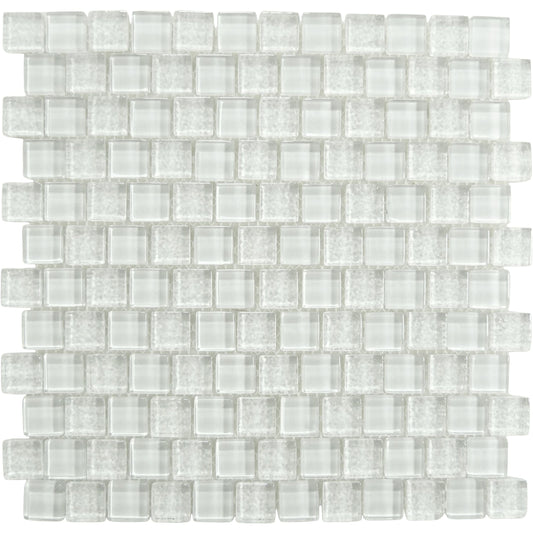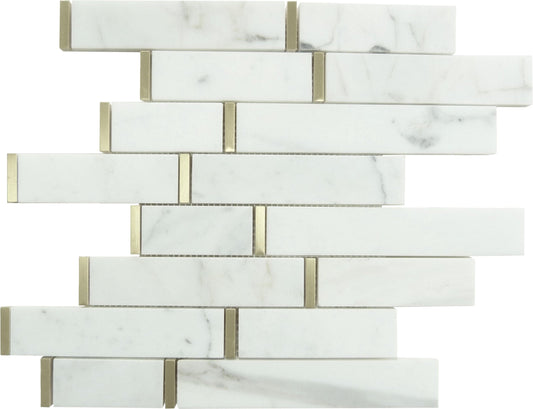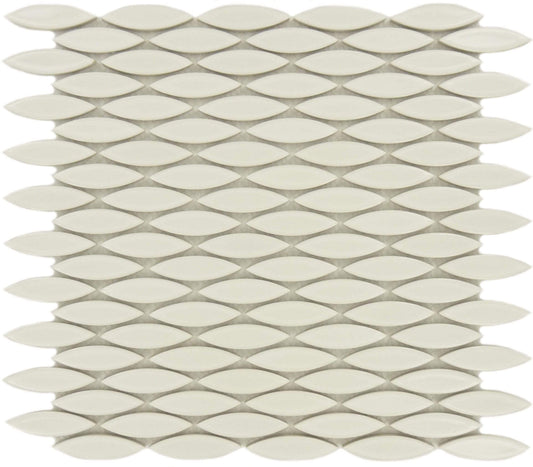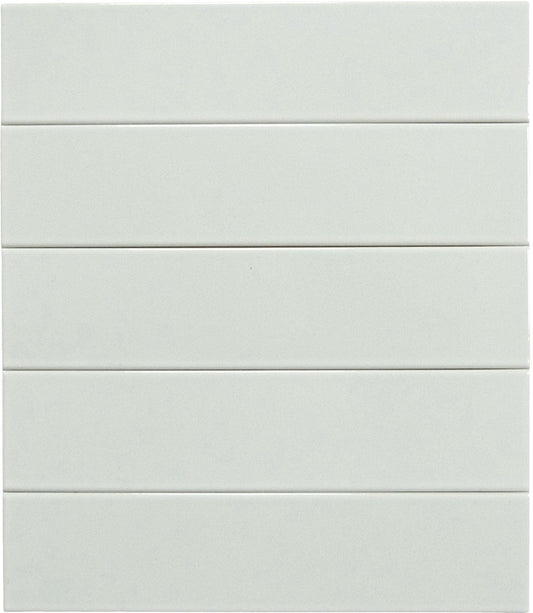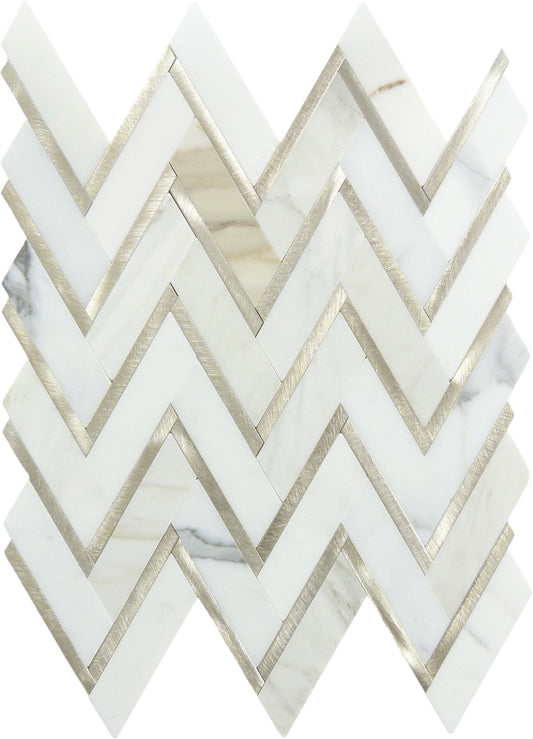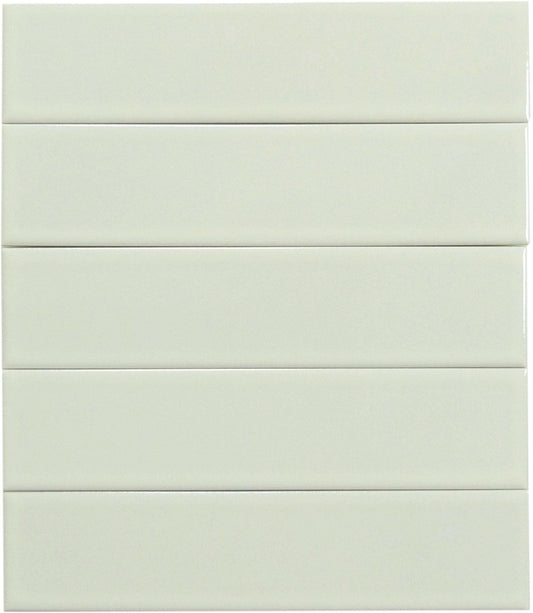-
Frequently Asked Questions
What are the different shades of white tiles available?
White tiles come in a wide range of tones—from crisp, cool whites to warmer hues like ivory, cream, pearl, and off-white. Each variation can subtly shift the atmosphere of a space, so it’s essential to choose a shade that complements your lighting and overall design palette. For example, suppose you’re looking for backsplash ideas for a kitchen featuring white cabinets. In that case, you can create a clean, seamless look or offer subtle contrast by adding white tile, depending on whether you choose a bright white, a soft matte finish, or a warm-toned variation.
How do I choose the right white tile for my space?
To choose the best white tile, consider its undertone (cool or warm), finish (matte or glossy), and surface texture. These elements not only affect how the tile looks but also influence the overall mood of the space—cool tones can evoke a sleek, modern feel, while warm tones create a cozy, inviting atmosphere. Reviewing samples in your home under both natural and artificial lighting will help ensure that the tile complements your existing décor and desired ambiance.
Do white tiles make a room look bigger?
Yes, white tiles are great for visually enlarging a space. Their light-reflective properties brighten rooms and create a more open feel, making them ideal for compact areas like bathrooms and kitchens.
Are white tiles hard to maintain?
While they may highlight dirt more easily than darker options, white tiles are generally low-maintenance. Routine cleaning with the right products will keep them looking fresh and bright.
What materials are white tiles made from?
White tiles are available in various materials, including ceramic, porcelain, glass, and natural stone. Each offers unique qualities—ceramic is cost-effective, porcelain is durable, glass provides shine, and stone adds texture and luxury.
Can I use white tiles in high-traffic areas?
Yes, especially if you choose porcelain for flooring. White porcelain tiles are highly durable and resistant to wear, making them an excellent option for high-traffic areas like kitchens, entryways, and hallways. Compared to ceramic, porcelain is denser and less porous, offering greater strength and moisture resistance, which makes it ideal for areas exposed to heavy foot traffic or spills.
- Choosing a selection results in a full page refresh.
- Opens in a new window.













